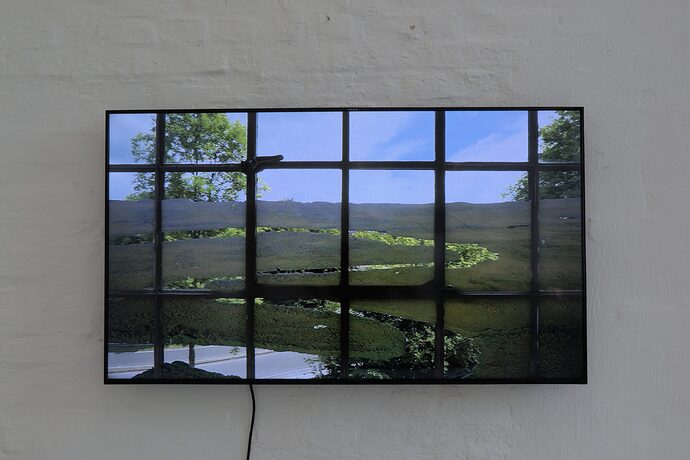But what you describe is ‘supposed’ to happen. And those chrominance modes of filmic are there to toy around with. People often find they prefer one over the other… I find mine switches on a day-by-day basis  .
.
Trying to dumb it down (and probably going to mess something up, but trying to keep it simple here): Filmic is mapping a huge portion of brightness information (more than your screen can show you) and arranging it in a limited range that you can display on a monitor / print. In other words, a sort of tone mapping.
Now, messing with the brightness will mess with the color interpration of it. Those two are just linked. Now, filmic is good (and sort of unique if I understand it correctly) in how it preserves ‘what’ color things are. As in, the sky is blue, and even if you increase in brightness, it will not turn cyan, or yellow, etc… So whatever chrominance mode you pick, it will map the brightness and it will (try to) preserve what color things are.
What it leaves open to you, is how to preserve ‘how much of the color should be there’. If something is very very bright, do you want it look almost white or do you still want the color to be in there? It’s up to you. So what it tries to preserve is how saturated things are, in simple terms.
‘max rgb’ will try almost anything to preserve color. That means it will try really really hard to make something that has a kind of blue in it, stay visible blue. And that means that it probably limits contrast. But if you want your bright blue sky to stay blue, it’s awesome.
;luminance Y’ mode leaves the amount of color up to the amount of brightness, which means that very bright parts will turn white.
The other norms will use some math to try to make another nice mix of it. (rgb powernorm and rgb euclidean norm are popular among users I believe).
The ‘no’ will just not try to preserve the chrominance (ahem, saturation / ‘how much color’) at all. Which will very often result in an image where you go ‘hey, where is all the color’. But it will give you a natural look. You could use ‘color balance rgb’-module to bring the color back how you like it, for example.
Since filmic is mapping (too) bright parts to fit within your image, messing with the exposure fill (of course) alter the result! Changing exposure will change how bright things are, and will change how filmic maps them. More importantly, changing exposure will change the ‘middle’ point for all modules that need to know what are shadows, mids and highlights. So often you need to set exposure to what it truely is (things you call shadows below 50%, things you call highlights above, and the middle neatly set) and then you alter how it looks and maps with ‘tone equalizer’ and/or ‘filmic’ or other modules.
So, ‘max rgb’ having a ‘clipped’ appearance but still looking blue, is correct. It will try to stay blue and not turn to white whatever the cost, sort of.
Since we’re talking about blue, this might also have something to do with the gamut mapping that filmic does. It could be that you captured an amount of blue that is not clipped in your sensor, but just doesn’t fit properly in sRGB space. Raising the ‘gammut compression’ slider in the ‘color calibration’-module to something at or above 2.0 is a nice test to see if it changes anything.
But most important of all: What does it look like? Why do you check ‘clipping indicator’ ? There is no ‘real’ clipping indicator (Except for the raw-overexposure-one). It just shows you that something is at or close to a limit. But what’s wrong with that?? That might just be what you want.
I’d say leave exposure where it was, and mess with the ‘relative white exposure’ slider in filmic (or hit the auto picker next to it to set it) and then see what the different ‘chrominance modes’ do.
But look with your eyes, not through a clipping indicator.
Do you want ‘some white’ in the clouds? I’d switch away from ‘max rgb’. Do you want some punch? Dare to make something ‘pure white’ / clipped white just a little.
Do you want more details in the clouds, it might be that you just need more local contrast to bring out the details in the highlights. Mathematically they are there, they are just smushed together, so you don’t see them.
Can be all these things.
Set exposure ‘correctly’ , use the filmic white-exposure slider and the preserve-chrominance mode to adjust the basic look. Don’t forget you can use ‘color balance rgb’ to bring saturation/vibrance up if you think you need to (and/or use one of the ‘default colorfulness’ presets in that module).




 .
.